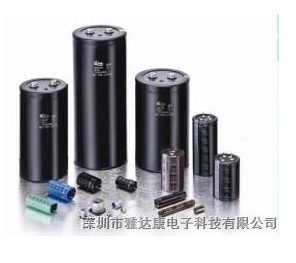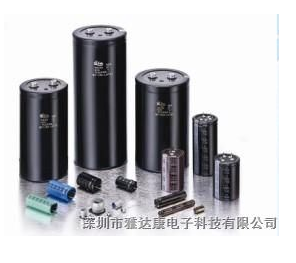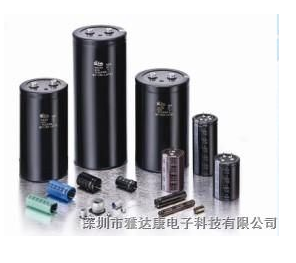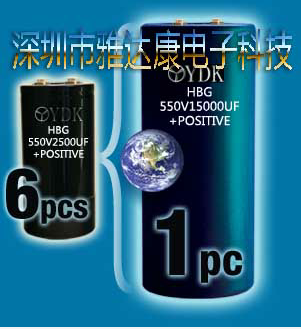This begins with the structure of the capacitor. The simplest capacitors are made up of polar plates at both ends and insulating dielectric (including air) at the middle. After electrification, the plate is charged, forming a voltage (potential difference), but because of the intermediate insulation, the entire capacitor is non-conductive. However, the condition is that the critical voltage (breakdown voltage) of the capacitor is not exceeded. We know that any substance is relatively insulated, and when the voltage at both ends of the material increases to a certain extent, the material can conduct electricity. We call this voltage a breakdown voltage. Capacitance is no exception. When the capacitor is broken, it is not an insulator. In middle school, however, such voltages are invisible in circuits, so they work below breakdown voltages and can be treated as insulators.





